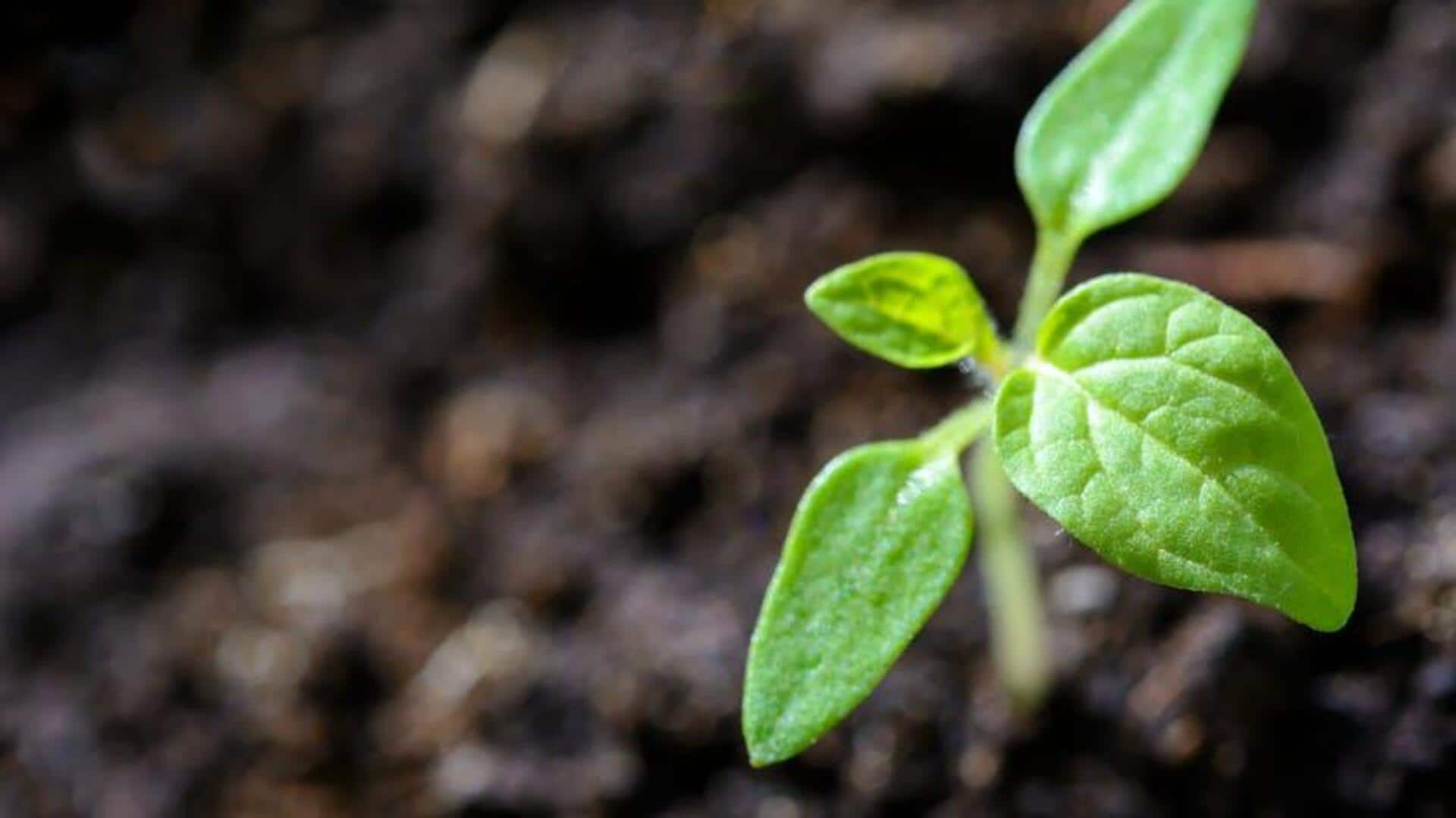
How to use compost for indoor plants
What's the story
Composting is a great way to enhance the health and growth of indoor plants. By recycling organic waste into nutrient-rich compost, you can give your plants the essential nutrients they need for healthy growth. Here are five handy tips for using compost to invigorate your indoor garden. Each tip emphasizes a particular aspect of composting that can go a long way in plant health and yield.
Ingredients
Choose the right compost ingredients
Choosing the right ingredients is key to making the right compost. Use a balanced combination of greens like vegetable scraps and browns like dried leaves or shredded paper. This balance enables them to decompose well and be available as nutrients. Stay away from adding dairy products or oils, as they attract pests and slow down the whole process. Keeping this balance helps you create a rich, fertile environment for your indoor plants.
Moisture
Maintain proper moisture levels
Moisture is critical in the composting process, as it supports microbial activity that decomposes organic matter. Make sure your compost pile is damp but not soaked; it should feel like a wrung-out sponge. If it feels too dry, add water slowly until you have the right consistency. If it's too wet, add more brown materials to soak up the excess moisture.
Aeration
Aerate your compost regularly
Aerating your compost pile is important for allowing oxygen to circulate, thus speeding up decomposition and avoiding foul smells. Turn your compost every few weeks with a garden fork or shovel to incorporate air into the mix. This practice allows beneficial microorganisms to flourish, while preventing bad bacteria that can impede plants' growth from taking over.
Temperature
Monitor temperature consistently
Temperature monitoring also ensures the best conditions for decomposition in your compost pile. If the temperature hits a sweet spot between 55 degrees Celsius and 65 degrees Celsius, it indicates active microbial activity needed to break down organic matter efficiently, without attracting pests or pathogens harmful to plants' health.
Application
Use finished compost sparingly
Once ready, apply finished compost sparingly around indoor plants' base instead of mixing it directly into potting soil where roots may get overwhelmed by concentrated nutrients. This can lead to potentially adverse effects on overall plant health over time if not monitored closely enough during application stages.